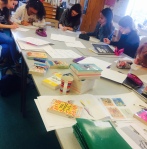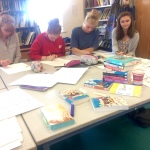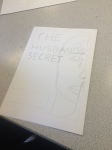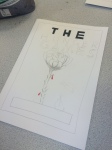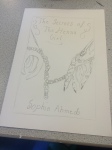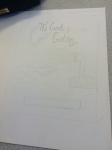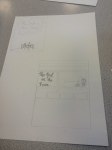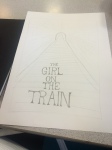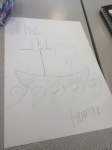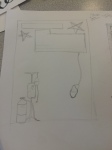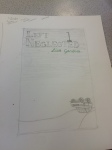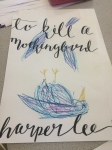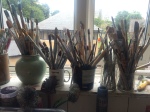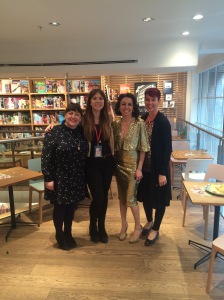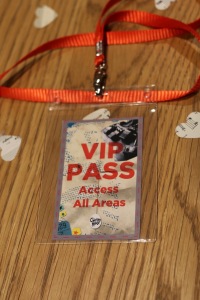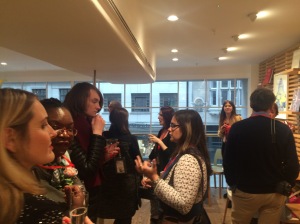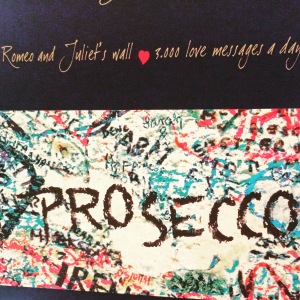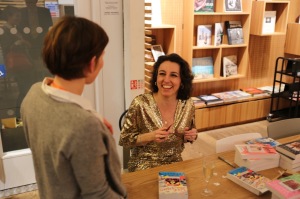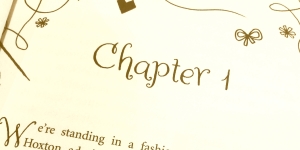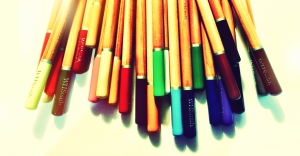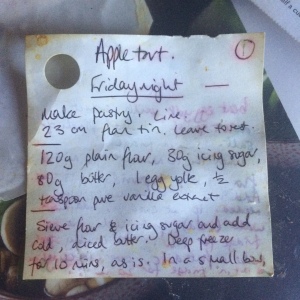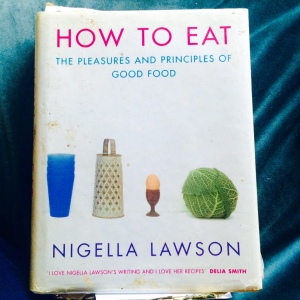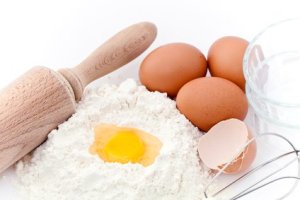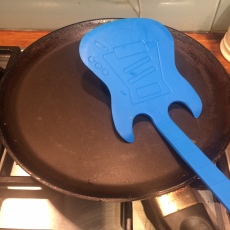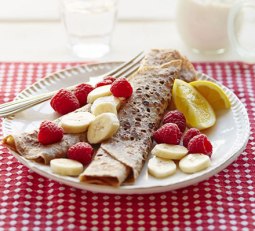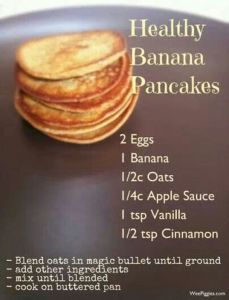(Having just said I wasn’t using this blog any more, I enjoyed exploring it again. And so here I am, back, writing about things I love.)
I wrote a book about art. And then I wrote another one. I shall be writing more …
Unveiling Venus came out last month. It’s the sequel to Following Ophelia and describes life as an unwilling artists’ muse in the macho, colour-drenched world of the Pre-Praphaelites.
I’ve always wanted to write about art, having fallen in love with the Renaissance painters when I was a teen. That’s when I visited half the galleries in France and Italy, and I haven’t stopped. For the launch of Unveiling Venus I wrote a series of diaries about visiting some of my favourite haunts in London – on my own, with my youngest son, who is an artist, and with a friend. You can read about the trips to Pre-Raphaelites and the Opera: Passsion, Power and Politics here and here. Below, is my visit to Monochrome.
Monochrome: Painting in Black and White at the National Gallery
Back again. I don’t actually come to the National Gallery nearly as often as I go the Tate, the V&A or the Royal Academy, but I like being influenced by friends and family, and what they want to see. It’s a chance to discover fresh artists and ideas that I wouldn’t have known about otherwise. And spend time with people I love.
This time, my eleven year-old has shown an interest in the Monochrome exhibition that’s just opened in the Sainsbury Wing. He’s a good artist, preferring to work in black and white than to use colour, so this seems a great opportunity to explore artists who have thought likewise. Also, it costs an arm and a leg to live in London: we might as well take advantage of what’s on offer. Entry for this exhibition is free for eleven year-olds by the way, as it is to the whole permanent collection for everyone. I used to take this for granted, but visiting museums outside the UK, you quickly learn to appreciate the free access and lack of queues. We, the public, own much of this art. And we can see it whenever we like, for nothing.
We wander around the early rooms, looking at paintings and stained glass for monasteries (the Cistercians thought colour could be too distracting) and paintings made to look like etchings for prints. It’s all very clever. We keep wandering. It’s not a large exhibition and soon we reach the room with twentieth century abstracts on the walls. One, by Bridget Riley, is like a horizontal bar code. Stare at it for a while and the lines seem to be moving. Another is a black square on a white painted square background. One of those ‘your 4 year-old could do it’ paintings. It was made in 1926. The note said the artist – a Russian whose name I forget – hung it up in the corner of the room, like an icon.
And as soon as I read this I feel a meditative quality coming from that black square and its white frame. Are they a contemplation of life and death, and the divine? The squares aren’t quite perfect and that is part of the painting’s appeal. With abstracts like this, the beauty is in the detail. A simplified copy doesn’t have the same effect at all. If your 4 year-old created something so delicate and resonant – by accident or otherwise – she would show a hint of genius.
But my 11 year-old hasn’t quite mastered the joys of staring at early twentieth century abstract art. He’s into Hockney and Picasso, neither of whom are represented here, and he’s already moved on. He comes back, breathless and grabs my sleeve: ‘You have to come.’
So I follow him into the next and final room, where our eyes are immediately assailed by an oppressive yellow-orange light. It’s like walking around in a glass of bright, clear orange juice and I don’t like it. My son is beaming. ‘Look! Look at my t-shirt!’ I notice, before I do, that there is nothing on the walls in this room. No paintings or photographs. Something else is going on. Then I look at my son’s bright blue t-shirt – and it is grey. Or rather, he is all shades of orange, as am I, but without any other colour references, all my eyes pick out are differences in dark tones and light ones. My coat – hot pink – is merely ‘mid-tone’. We have become black and white.
It’s disconcerting, but fun, now I’m getting used to it. Of course we take several selfies which I later upload to Facebook and Instagram. Fascinatingly, with the black and white filter on, the photos look as if they were taken on professional film, in a studio. This light has somehow sharpened our images.
We go back to the previous room so my son can copy one of the paintngs for his sketchbook. When we re-enter the orange room it is full of sixth formers on a school trip, being strictly instructed to stop taking selfies and start taking notes. I pity them. All the art I’ve loved I’ve discovered in my own time and in my own weird way. Though my love of art did start on a school trip to the Tate, which I thoroughly hated. I took three postcards of Mark Rothko home with me that day to remind me how ridiculous his red and black abstracts were, and fell in love with them all within weeks. Their sadness and stillness spoke to me. I love them still. Today, the sixth formers have become the art. They are a black and white crowd in an orange filter. We are all strange and wonderful together. The world experienced differently – literally in a new light.
The trip is worth it for this room alone. Of course we have a hot chocolate in the café too, and nip up quickly to catch my favourite of the National Gallery’s paintings: ‘The Ambassadors’, by Holbein, which looks like a perfectly normal Renaissance painting of two rich young men, until you notice the misshapen baguette lying awkwardly on a diagonal in the foreground, and stand at the side, as I was made to do when I was ten, and see, in a sudden shocking reveal, that it is a very large skull.
These men, though they seem to have everything, will die one day, just like the rest of us.
My son stares at the painting, confused, looks at me, looks back, sees it for the first time, and grins.
Art as play. Art as discovery. Art as an in-joke, a meditation on life and death, a new perspective.
Next on the list is a visit to the blockbuster Modigliani at the Tate Modern, on now (with a friend), followed by the blockbuster Picasso exhibition in the spring (with family). But an artistic adventure doesn’t have to involve the planning, queues and crowds of a blockbuster. Sometimes a room full of unexpected light can be enough.
Good art shows us how to see the world in new ways, and in the struggling and divided societies we live in at this moment, we need it more than ever.
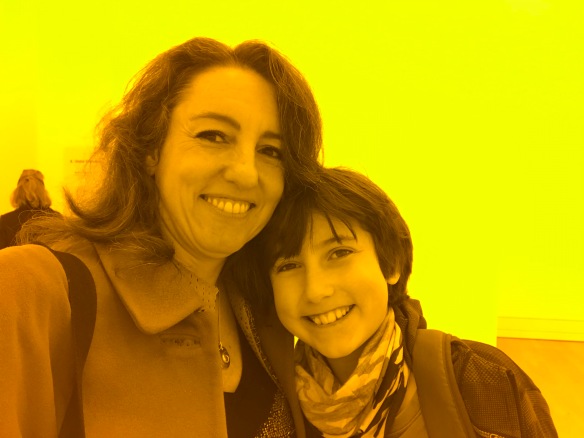


 On Tuesday I went to the launch for Tamsyn Murray’s
On Tuesday I went to the launch for Tamsyn Murray’s 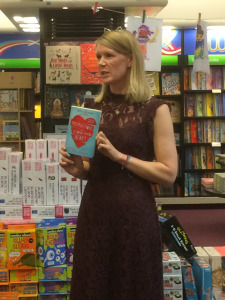 Tamsyn explains how long the journey to publication has taken for this book – four years!
Tamsyn explains how long the journey to publication has taken for this book – four years! 
